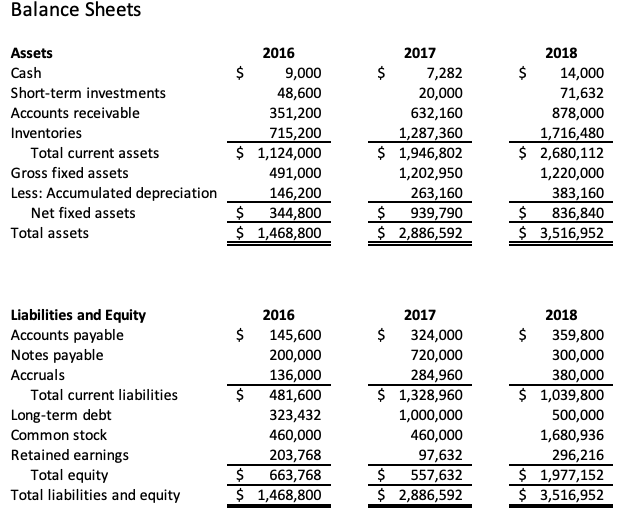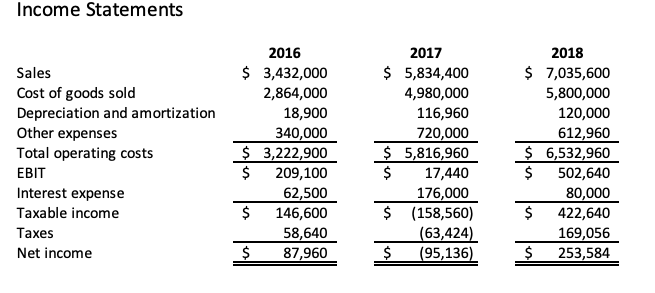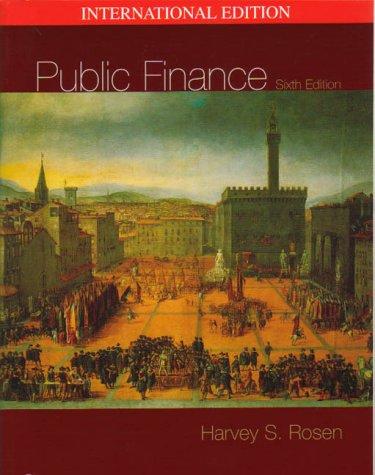Question
Part 2 Project Analysis ABC Company is considering adding a new line to its product mix and you have been asked to complete the capital
Part 2 Project Analysis ABC Company is considering adding a new line to its product mix and you have been asked to complete the capital budgeting. The production line would be set up in unused space in the main plant. The machinerys invoice price would be approximately $200,000, another $10,000 in shipping charges would be required, and it would cost an additional $30,000 to install the equipment. The machinery has an economic life of 4 years, and ABC Company has obtained a special tax ruling that places the equipment in the MACRS 3-year class. The machinery is expected to have a salvage value of $25,000 after 4 years of use. The new line would generate incremental sales of 1,250 units per year for 4 years at an incremental cost of $100 per unit in the first year, excluding depreciation. Each unit can be sold for $200 in the first year. The sales price and cost are both expected to increase by 3% per year due to inflation. Further, to handle the new line, the firms net working capital would have to increase by an amount equal to 12% of sales revenues. The CFO has provided you with the following data, which she believes may be relevant to your task: The firms tax rate is 40%. The current price of ABCs 12% coupon, semiannual payment, noncallable bonds with 15 years remaining to maturity is $1,153.72. Jana does not use short-term interest-bearing debt on a permanent basis. The current price of the firms 10%, $100 par value, annual dividend, perpetual preferred stock is $116.95. ABCs common stock is currently selling at $50 per share. The stock beta is 1.2, the yield on T-bonds is 2.6% (this is the risk-free rate), and the market risk premium is estimated to be 7%. ABCs target capital structure is 30% long-term debt, 10% preferred stock, and 60% common equity. You should determine the firms WACC and analyze this project to help determine whether ABC Company should proceed. Summarize your findings in a report back to the CFO. Be sure to justify you recommendations with solid analysis.


Step by Step Solution
There are 3 Steps involved in it
Step: 1

Get Instant Access to Expert-Tailored Solutions
See step-by-step solutions with expert insights and AI powered tools for academic success
Step: 2

Step: 3

Ace Your Homework with AI
Get the answers you need in no time with our AI-driven, step-by-step assistance
Get Started


